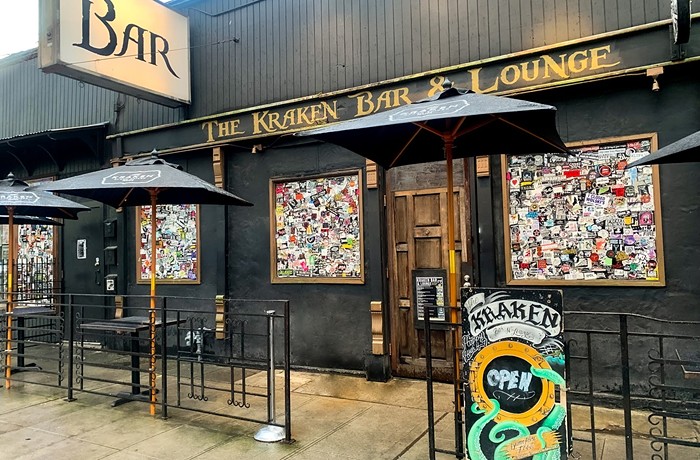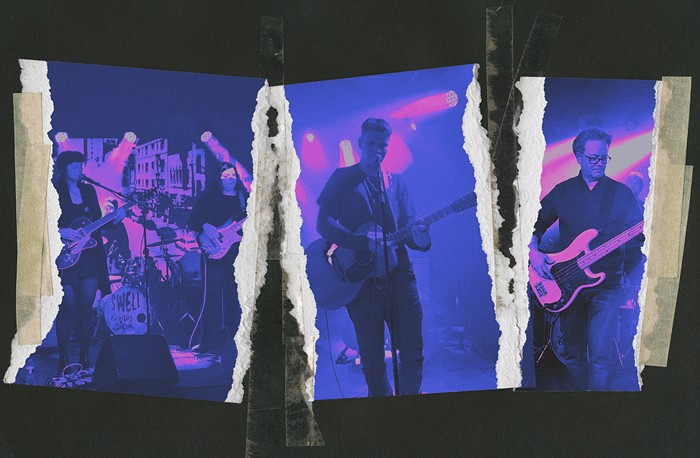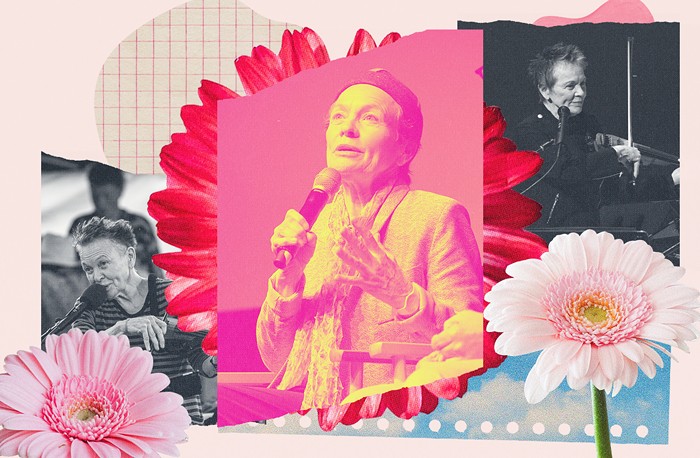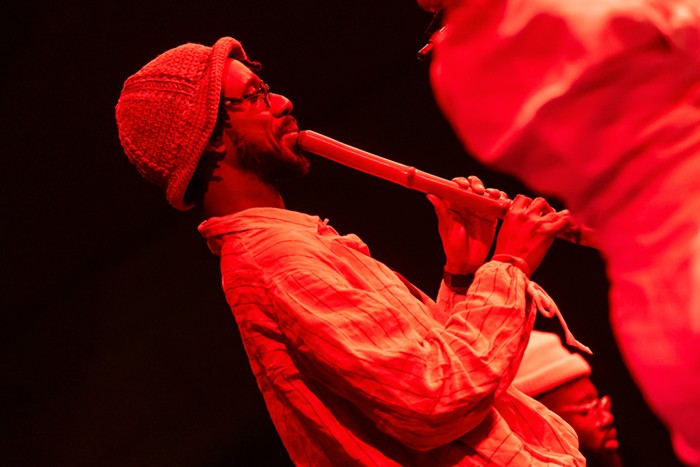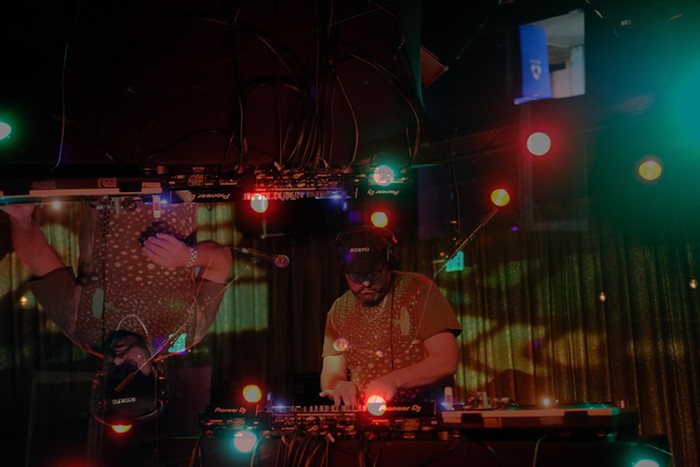These should spark some interesting discussion. In fact, they reflect a certain amount of consensus about which hiphop artifacts are worthy of reconsideration--so any journalistic ruminating that follows them is sort of beside the point.
Instead, let's look at the least understood (and hardly for lack of trying) chapter in rap's story. This would be the years 1993 to 1995, when hiphop splintered. Before this period, one could chart rap's progress as a single line on a graph; by the time it was over, it was pie charts forever.
Book-ending this period of regestation and rebirth are two events associated with Death Row records: the unforeseen multi-platinum success of Dr. Dre's The Chronic, and a pair of rap assassinations that led to the emergence of the non-gangsta "playa." Everything in between happened in the shadow of Death Row, which prompted the record industry's realization that there was serious money to be made in the rap game. The Chronic established that the potential audience for a black rap act (i.e., not the Beastie Boys) was the entire pop universe, not just some ethnic or underclass subculture.
It's impossible, as yet, to pick apart the complex of business and psychological issues that led to the stalling or crashing of nearly every career in mid-arc at the time. Judging from the lyrical content of De La Soul and A Tribe Called Quest's disappointing third albums, and the flaccidity of Public Enemy's fourth, rap's intellectual wing grappled mostly with the psychology. The breakups of the Hit Squad, Cypress Hill, Leaders of the New School, Ultramagnetic MCs, and Main Source--along with Ice Cube's weak-willed adoption of the Death Row sound--probably had more to do with business.
Anyway, it's reductive and a little naive to explain the schisms of the gangsta era as simple confrontations between "negative" and "positive" lyrics, or between art and product. The most important music of the period rendered these distinctions moot. Dre had wrapped hiphop's first-person edge and street-soul bravado into an incredibly tidy and leisurely paced entertainment package. The problem faced by less marketing-savvy (or, as they would soon start to call themselves, "real") rappers in the aftermath of the genre's breakthrough was how to attract Dre's audience without pandering to it. Dre was correct--the appropriate scale for hiphop success was global. The dilemma was in how to continue what had been understood as a ritual of black-to-black communication with, as Tupac noted, all eyes on it.
The solution was innovated by a coalition of rappers out of New York's most crack-war-torn neighborhoods. The first generation of vocalists weaned on hiphop, these MCs operated at previously unimagined levels of syllabic complexity--meters that make iambic pentameter sound like a nursery rhyme. Their stroke of genius was to employ mic virtuosity as a tool to flip rap's vérité tradition, using harrowing, true-life tales as a launching pad for mythic status. Unprecedented verbal skill allowed the world its first glimpse of how ghetto kids imagined global success on their own terms. The bathwater surrounding this new baby was a new music--a confounding (from the outside, at the time) departure from the mantric electro-funk refrains repeated at the Genesis.
Though it seemed to come out of nowhere, and was rejected by large segments of the audience that had purchased The Chronic, the music of Wu-Tang Clan, Nas, Mobb Deep, Gravediggaz, Smif-n-Wessun, Group Home, and others was not without precedent. The hypnotic loops of Cypress Hill's DJ Muggs, the squalling Stax shards favored by producer Marley Marl, the immersive ambiance of hiphop offshoots from Europe and--perhaps most surprising and effective--the histrionic warblings of kung fu and Mafia movie soundtracks, all found a place in this stagger-stitched mosaic.
What these groups created was a chamber of sonic functionality parallel to, yet far deeper than, hiphop's party-music roots. As old-school rocked your body, and new-school rocked your mind, housing-project-school was designed to rock your world. The links to cinema--not just the quick-edit orchestration, but project-schoolers' operatic storytelling and montage poetry--are far from accidental. At the core of this music is an analog to the escapism that led an entire generation of suburban white kids to obsess on video games and John Hughes movies. Project-school partakes of the same emotion, only with the stakes raised to Escape or Die.
The mode is reality, but the method is transportation. Sitting still enough with a Wu-Tang track will take you even farther than dancing to Stetsasonic or reading along with P.E. did--far enough, in fact, to finally render this blackest of black musics universal. All it took was for the skill level to rise higher than society's dam. With the world of concrete foundations and gross symbolism stripped away, see for yourself whether it rings true when Mobb Deep says, in "Right Back At You" (included on the new Wu-Chronicles), "It ain't where you're at, kid/It's where you're from." Once you've traveled with these cats, theirs is really the same notion Rakim expressed the other way around a decade prior, only deeper and for higher stakes.
